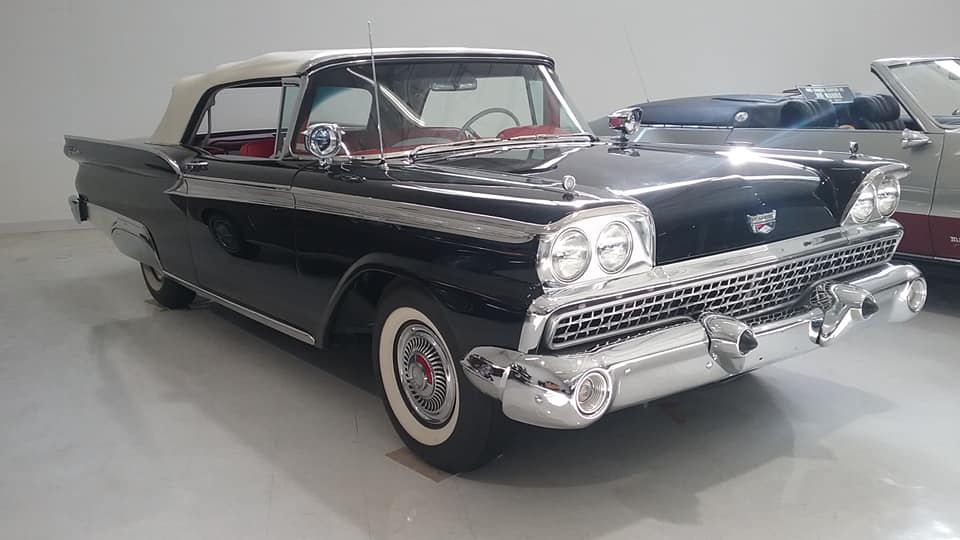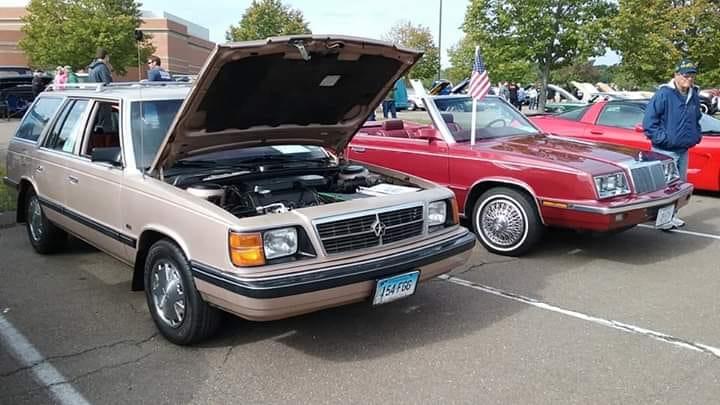6:00. Chaz and AJ News. We thought we got rid of him!!? Malloy sticking his creepy face into our business again.
6:13. Chaz and AJ Sports Buzzer powered by Road Ready Used Cars.
6:20. Jackie Daly is in auditioning. What should we know about her?
6:30 – 6:50. Call in for Adam Sandler tickets: 877-764-2535
7:00. Chaz and AJ News. 50 Cent’s house finally sold after 12 years on the market.
7:13. Chaz and AJ Sports Buzzer powered by Road Ready Used Cars.
7:20. Dumb Ass News. The U.S. isn’t the on;y country with dumb asses calling 911. We have the audio.
7:30. Brian the Landscaper from Aiken Landscaping is back, and this time with a working mower…hopefully. Phil will finally get to mow a lawn!
7:40 – 7:50. Ladies who have done manlier things than Phil. Call in! 877-764-2535
8:00. Chaz and AJ News. Mick Jagger surgery update.
8:13. Chaz and AJ Sports Buzzer powered by Road Ready Used Cars.
8:20 – 8:50. Dr John in studio to talk about weird fetishes.
9:00. Chaz and AJ News. Your Netflix bill is going up.
9:13. Chaz and AJ Sports Buzzer powered by Road Ready Used Cars.
9:20. Dumb Ass News. Cashier choked over way he bagged groceries.
9:50. Call in with your 4-second final thought: 877-764-2535






















